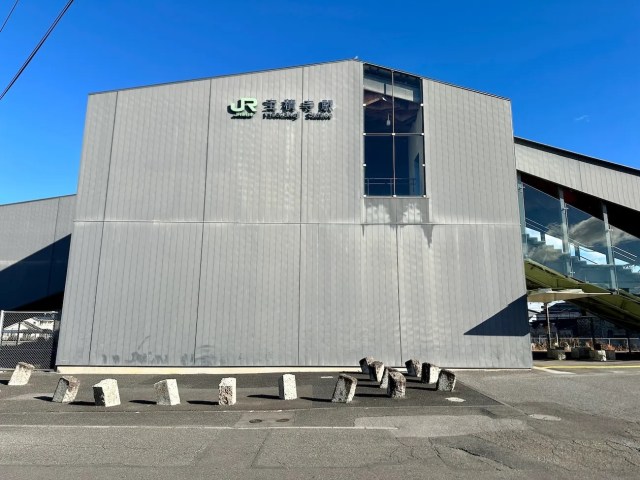
Sometimes the best designs are the ones that surprise you from the inside out.
Japanese train stations are known for being clean and efficient, but once you get out into the countryside, they become even more wonderful, taking on a character and charm all of their own.
That’s certainly the case over at Hoshakuji Station in the town of Takanezawa in Tochigi Prefecture. Here, in the beautiful, rural idyll, the station stands as a secret gem known pretty much only to locals, because what looks like an ordinary station building from the outside is actually a futuristic work of art inside, and it’s so worthy of esteem it won a highly recommended award in the architecture category at the 2008 Brunel Prize, an international railway design competition.
▼ Don’t be fooled by the station’s plain facade.
Hoshakuji Station (marked with the red arrow below) is located two stations from Utsunomiya Station (on the left of the arrow), which is about a 10-minute ride away.
Hoshakuji Station first opened in 1899, but the building was rebuilt in 2008, with Kengo Kuma in charge of the design. Kuma is famous for his work on the designs of the National Stadium, Kadokawa Musashino Museum, and Takanawa Gateway Station, making him one of Japan’s most esteemed architects.
Kuma’s skill and eye for design is on display for everyone to see at this station, because when you step inside, the concrete stairs and wide glass windows are contrasted by an incredible ceiling made of wood panels.
The interwoven geometric patterns create a dynamic 3-D effect, and when you look at it for a while, it feels as if it’s actually alive and moving towards you.
▼ As you walk up the stairs, it feels as if you’re being swallowed up by a giant robot.
The wooden ceiling continues beyond the stairs, writhing its way along the sunlit corridor, as if guiding you towards the ticket gates in the centre.
After purchasing a ticket and passing through the gates…
…you get to continue on your journey with the ceiling above you.
The ceiling continues around the next corridor, giving you a strange sense of comfort, as if it’s cradling you through the final leg of your journey through the building.
The stairs to the platforms feel safe and snug under the warm lights, which help to give the wood a pleasing sense of warmth as well.
Anyone who arrives at this station without prior knowledge of the design is bound to be surprised, because it’s a world away from the simplicity of other stations on the line.
Even the platforms and waiting rooms at Hoshakuji are quite generic, giving no suggestion that an award-winning design awaits those who step inside the station.
While the station building is reason alone to stop off at Hoshakuji, there’s another sight to see here — Chokkura Plaza.
Located at the east exit of the station, this building was also designed by Kuma, and it’s a good example of his light and airy design aesthetic. The concept behind this particular design is to allow wind and light to pass through, and the road surface is paved using rice husks.
The area around the station used to be divided into east and west by the railroad tracks, with the station building only being on the west side. In order to improve the ease of movement between east and west, the new building design included a bridge, leading to a large-scale redevelopment that facilitated the passage of people, which helped to regenerate the area.
Hoshakuji Station is a beautiful example of how the needs of a rural area can be fulfilled with a design that’s not only aesthetically pleasing but absolutely show-stopping.
So if you’re ever travelling around the gyoza capital of Utsunomiya, be sure to make a stop at Hoshakuji Station. Whether you’re an architecture buff or a lover of good design, this building will definitely surprise you!
Station Information
Hoshakuji Station / 宝積寺駅
Address: Tochigi-ken, Shioya-gun, Takanezawa-machi, Oaza Hoshakuji
栃木県塩谷郡高根沢町大字宝積寺
Website
Photos ©SoraNews24
● Want to hear about SoraNews24’s latest articles as soon as they’re published? Follow us on Facebook and Twitter!
[ Read in Japanese ]

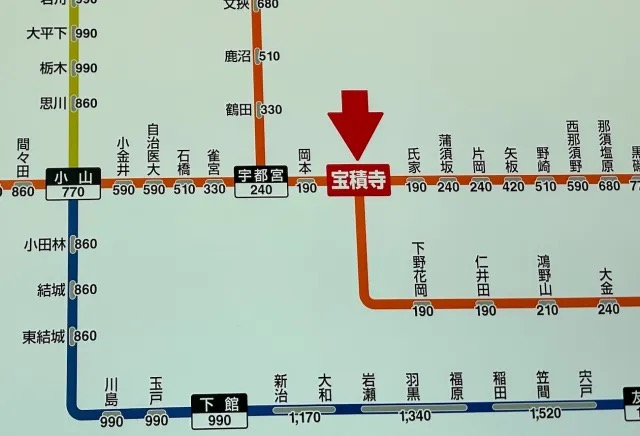
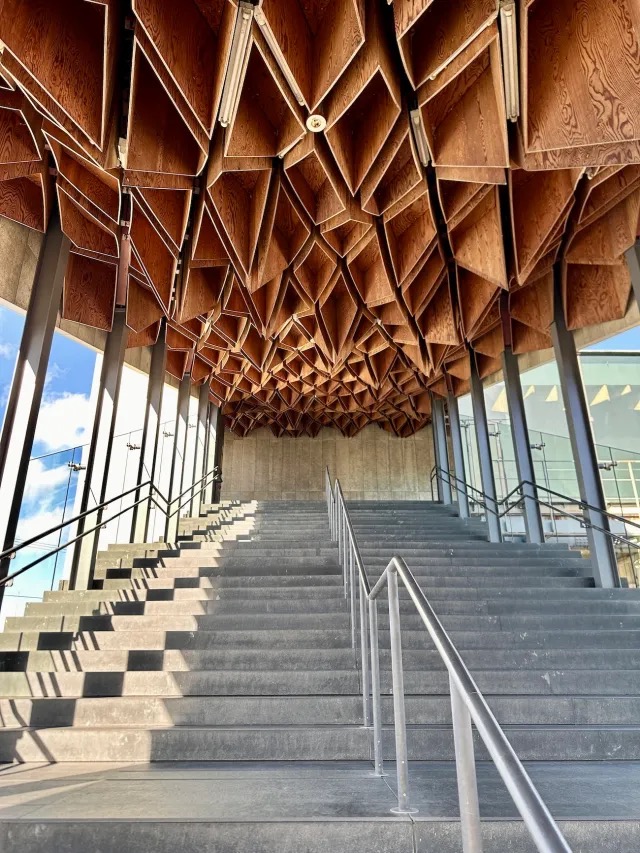
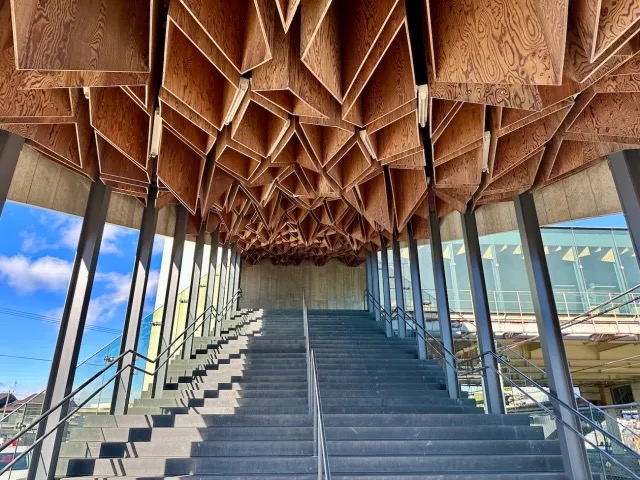
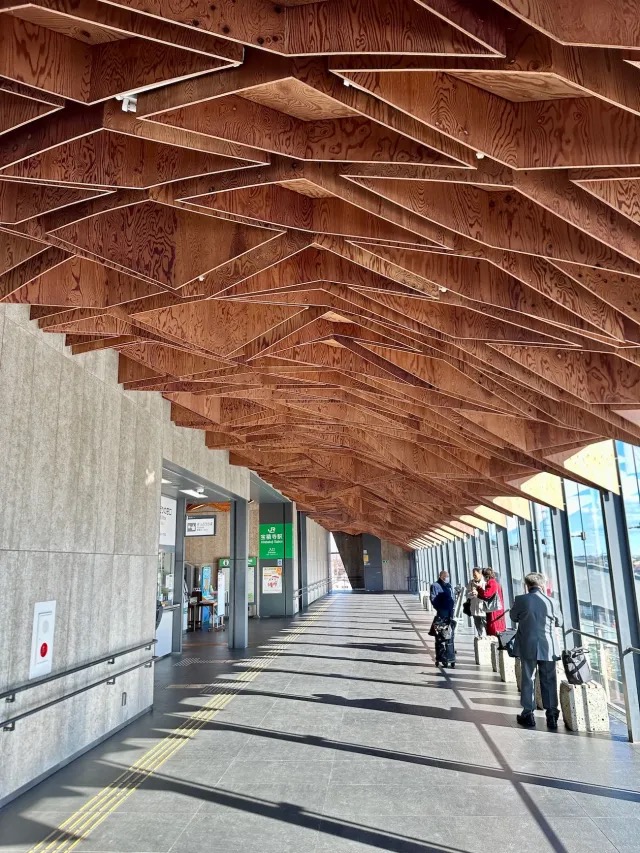
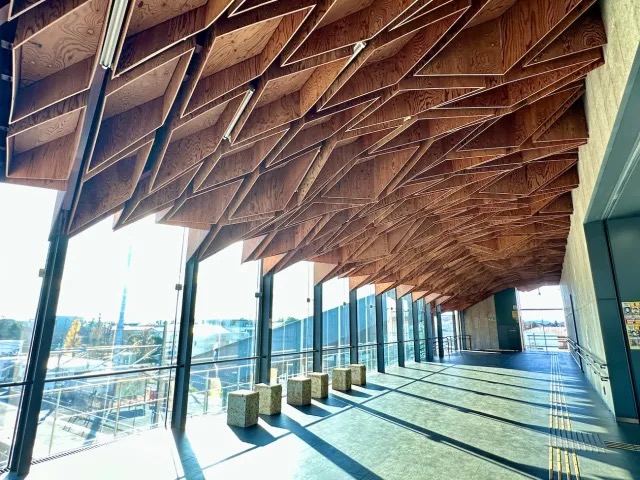
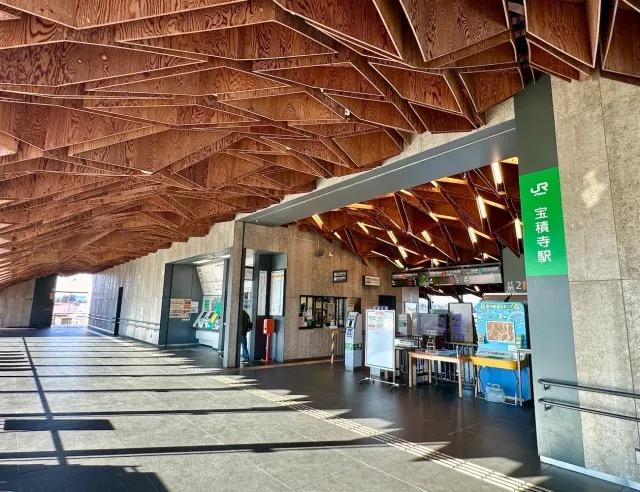
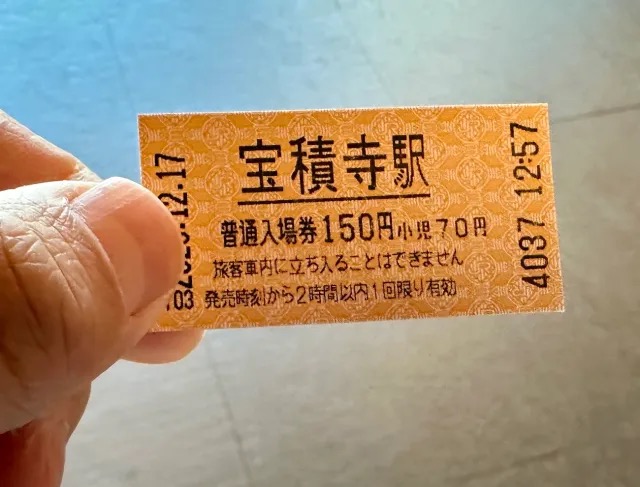
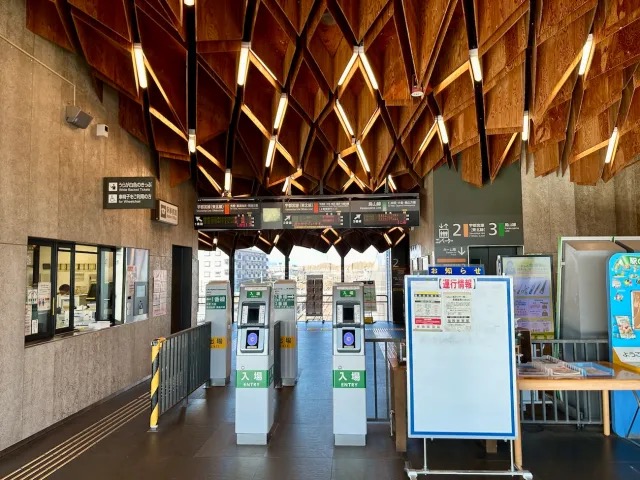
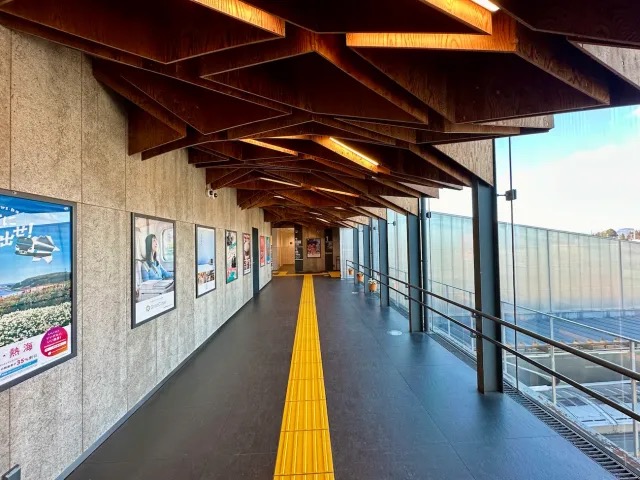
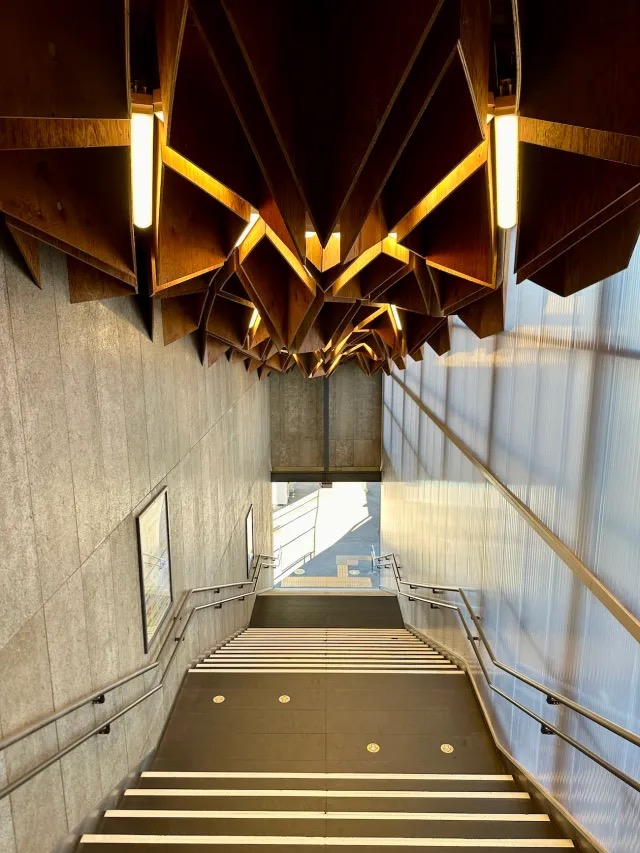

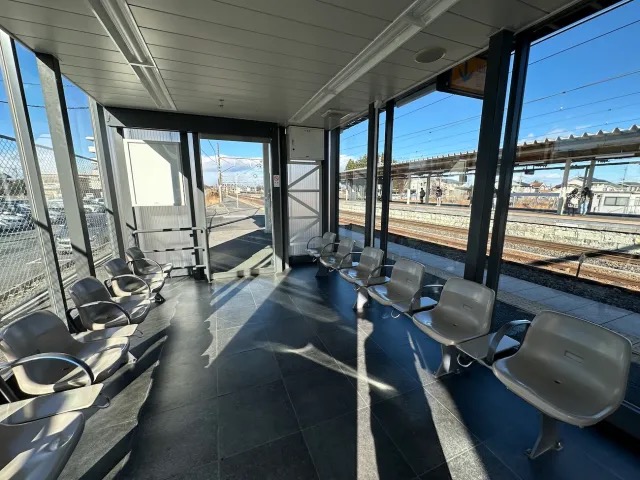
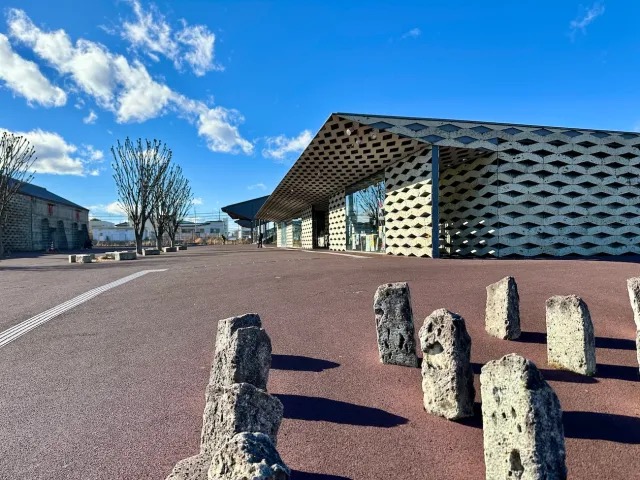
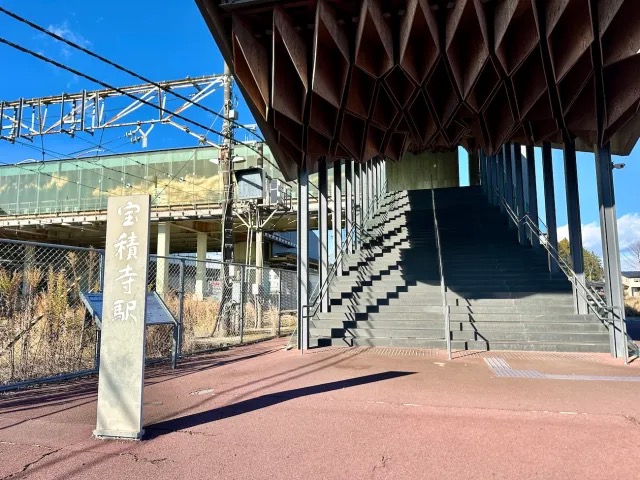
 Want to choose the name of Tokyo’s most important new station? Here’s your chance!
Want to choose the name of Tokyo’s most important new station? Here’s your chance! Taste the floor of a Japanese train station with new limited-edition chocolates from Tokyo Metro
Taste the floor of a Japanese train station with new limited-edition chocolates from Tokyo Metro Japan’s Harajuku Station to be rebuilt ahead of 2020 Tokyo Olympics
Japan’s Harajuku Station to be rebuilt ahead of 2020 Tokyo Olympics Sleep next to the railroad tracks at the closest hotel to a train station platform in Japan
Sleep next to the railroad tracks at the closest hotel to a train station platform in Japan Shibuya Station 2019: one step closer to the Neo-Tokyo of our dreams
Shibuya Station 2019: one step closer to the Neo-Tokyo of our dreams Japan’s new difficult-to-drink-from beer glass protects your liver, but it’s a brutal experience
Japan’s new difficult-to-drink-from beer glass protects your liver, but it’s a brutal experience New Pokémon ice cream, dessert drinks, and cool merch coming to Baskin-Robbins Japan【Pics】
New Pokémon ice cream, dessert drinks, and cool merch coming to Baskin-Robbins Japan【Pics】 New samurai glasses are Japan’s latest weird must-have souvenir
New samurai glasses are Japan’s latest weird must-have souvenir Demon Slayer: Kimetsu no Yaiba gets new roller coaster attractions and food at Universal Studios Japan
Demon Slayer: Kimetsu no Yaiba gets new roller coaster attractions and food at Universal Studios Japan How to order snacks on a Shinkansen bullet train in Japan
How to order snacks on a Shinkansen bullet train in Japan High-fashion Totoro cuddle purse is like an elegant stroll in the forest【Photos】
High-fashion Totoro cuddle purse is like an elegant stroll in the forest【Photos】 Kyoto Tower mascot termination reveals dark side behind cute Japanese characters
Kyoto Tower mascot termination reveals dark side behind cute Japanese characters Caffeinated ramen for gamers that you can eat with one hand going on sale in Japan
Caffeinated ramen for gamers that you can eat with one hand going on sale in Japan Burger King Japan suddenly adds Dr. Pepper and Dr. Pepper floats to its menu nationwide
Burger King Japan suddenly adds Dr. Pepper and Dr. Pepper floats to its menu nationwide Hello, cosmetics! Clinique teams up with Hello Kitty this summer for first-time collaboration
Hello, cosmetics! Clinique teams up with Hello Kitty this summer for first-time collaboration Nintendo history you can feel – Super NES, N64, and GameCube controllers become capsule toys
Nintendo history you can feel – Super NES, N64, and GameCube controllers become capsule toys “The most Delicious Cup Noodle in history” – Japan’s French Cup Noodle wins our heart【Taste test】
“The most Delicious Cup Noodle in history” – Japan’s French Cup Noodle wins our heart【Taste test】 Starbucks releases a cute Frappuccino and Unicorn Cake…but not in Japan
Starbucks releases a cute Frappuccino and Unicorn Cake…but not in Japan McDonald’s Japan’s Soft Twist Tower: A phantom ice cream only sold at select branches
McDonald’s Japan’s Soft Twist Tower: A phantom ice cream only sold at select branches Yabai Ramen: What makes this Japanese ramen so dangerous?
Yabai Ramen: What makes this Japanese ramen so dangerous? Finally! Nintendo Japan expands Switch 8-bit controller sales to everybody, Online member or not
Finally! Nintendo Japan expands Switch 8-bit controller sales to everybody, Online member or not Japanese government wants to build luxury resorts in all national parks for foreign tourists
Japanese government wants to build luxury resorts in all national parks for foreign tourists To combat declining birth rate, Japan to begin offering “Breeding Visas” to foreigners
To combat declining birth rate, Japan to begin offering “Breeding Visas” to foreigners 10 things you should buy at 7-Eleven in Japan
10 things you should buy at 7-Eleven in Japan Studio Ghibli releases anime heroine cosplay dresses that are super comfy to wear
Studio Ghibli releases anime heroine cosplay dresses that are super comfy to wear Woman charged for driving suitcase without a license in Osaka
Woman charged for driving suitcase without a license in Osaka Studio Ghibli unveils My Neighbour Totoro miniature house model
Studio Ghibli unveils My Neighbour Totoro miniature house model Kyoto experiencing problems with foreign tourists not paying for bus fares, but not on purpose
Kyoto experiencing problems with foreign tourists not paying for bus fares, but not on purpose Fighting mild hunger with a Japanese soda that turns into jelly in the stomach【Taste test】
Fighting mild hunger with a Japanese soda that turns into jelly in the stomach【Taste test】 Studio Ghibli’s Howl’s Moving Castle tapestry unveiled in Japan for first time
Studio Ghibli’s Howl’s Moving Castle tapestry unveiled in Japan for first time McDonald’s new Happy Meals offer up cute and practical Sanrio lifestyle goods
McDonald’s new Happy Meals offer up cute and practical Sanrio lifestyle goods Sales of Japan’s most convenient train ticket/shopping payment cards suspended indefinitely
Sales of Japan’s most convenient train ticket/shopping payment cards suspended indefinitely Sold-out Studio Ghibli desktop humidifiers are back so Totoro can help you through the dry season
Sold-out Studio Ghibli desktop humidifiers are back so Totoro can help you through the dry season Japanese government to make first change to romanization spelling rules since the 1950s
Japanese government to make first change to romanization spelling rules since the 1950s Foreigner’s request for help in Tokyo makes us sad for the state of society
Foreigner’s request for help in Tokyo makes us sad for the state of society Ghibli founders Toshio Suzuki and Hayao Miyazaki contribute to Japanese whisky Totoro label design
Ghibli founders Toshio Suzuki and Hayao Miyazaki contribute to Japanese whisky Totoro label design Doraemon found buried at sea as scene from 1993 anime becomes real life【Photos】
Doraemon found buried at sea as scene from 1993 anime becomes real life【Photos】 Tokyo’s most famous Starbucks is closed
Tokyo’s most famous Starbucks is closed Princesses, fruits, and blacksmiths: Study reveals the 30 most unusual family names in Japan
Princesses, fruits, and blacksmiths: Study reveals the 30 most unusual family names in Japan Japan’s West Kyushu Shinkansen bullet train service to Nagasaki is set to open this fall
Japan’s West Kyushu Shinkansen bullet train service to Nagasaki is set to open this fall What’s it like traversing Tokyo using only wheelchair accessible routes?
What’s it like traversing Tokyo using only wheelchair accessible routes? We visit a train station in historical ninja town, see ninja trick art, and become ninjas ourselves
We visit a train station in historical ninja town, see ninja trick art, and become ninjas ourselves Harajuku Station will be demolished after the Tokyo Olympics and Paralympics
Harajuku Station will be demolished after the Tokyo Olympics and Paralympics Why do seats at some Japanese station platforms face away from the trains?
Why do seats at some Japanese station platforms face away from the trains? New Japanese train station has no entrance or exit, only used to admire the scenery
New Japanese train station has no entrance or exit, only used to admire the scenery Is it a Lawson or a train station? We investigate the mysterious Sekiguchi Station
Is it a Lawson or a train station? We investigate the mysterious Sekiguchi Station The cool secret hidden in Tokyo Metro pillars at Ginza station
The cool secret hidden in Tokyo Metro pillars at Ginza station Okinawa’s captivating city halls will make you wonder what floor the final boss is lurking at
Okinawa’s captivating city halls will make you wonder what floor the final boss is lurking at Onsen hot spring with Mt Fuji views has one of the best rotenburo in Japan
Onsen hot spring with Mt Fuji views has one of the best rotenburo in Japan The Japanese train station where staff bow to departing passengers
The Japanese train station where staff bow to departing passengers Crazy photo shows how Tokyo’s Shinjuku Station can be as confusing as a video game dungeon
Crazy photo shows how Tokyo’s Shinjuku Station can be as confusing as a video game dungeon This unstaffed Japanese train station is like a Ghibli anime come to life
This unstaffed Japanese train station is like a Ghibli anime come to life The Japanese train station with torii gates on its tracks
The Japanese train station with torii gates on its tracks Two Tokyo train stations getting Harry Potter-style makeovers
Two Tokyo train stations getting Harry Potter-style makeovers Tokyo’s busiest train line to be partially shut down this weekend as part of Shibuya renovations
Tokyo’s busiest train line to be partially shut down this weekend as part of Shibuya renovations
Leave a Reply